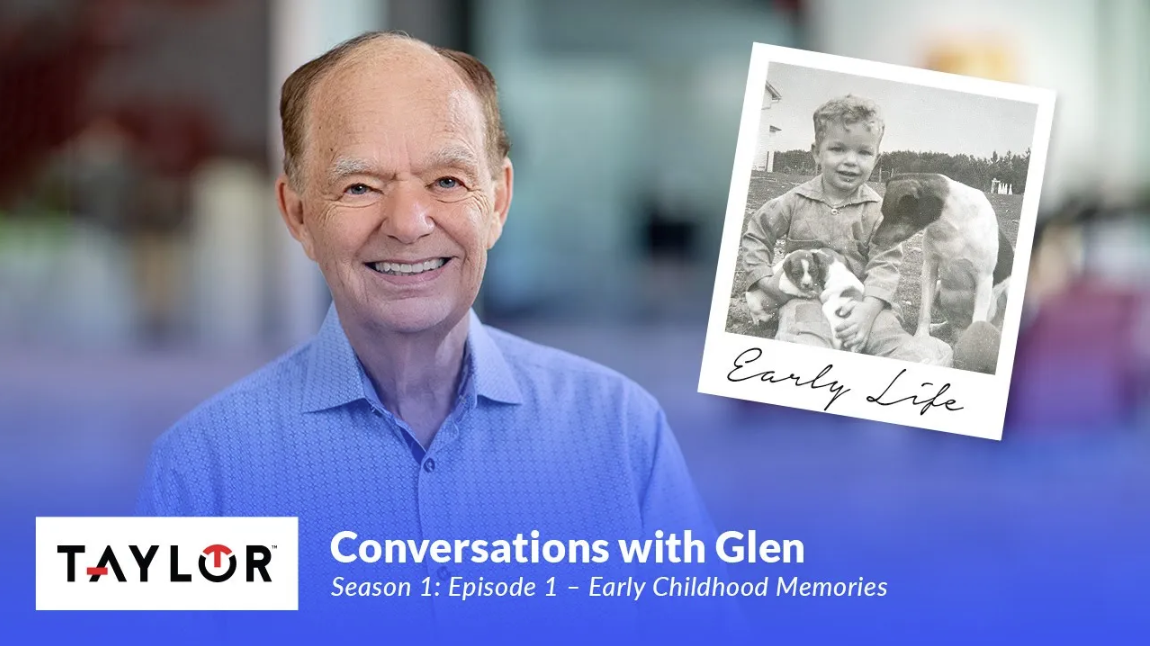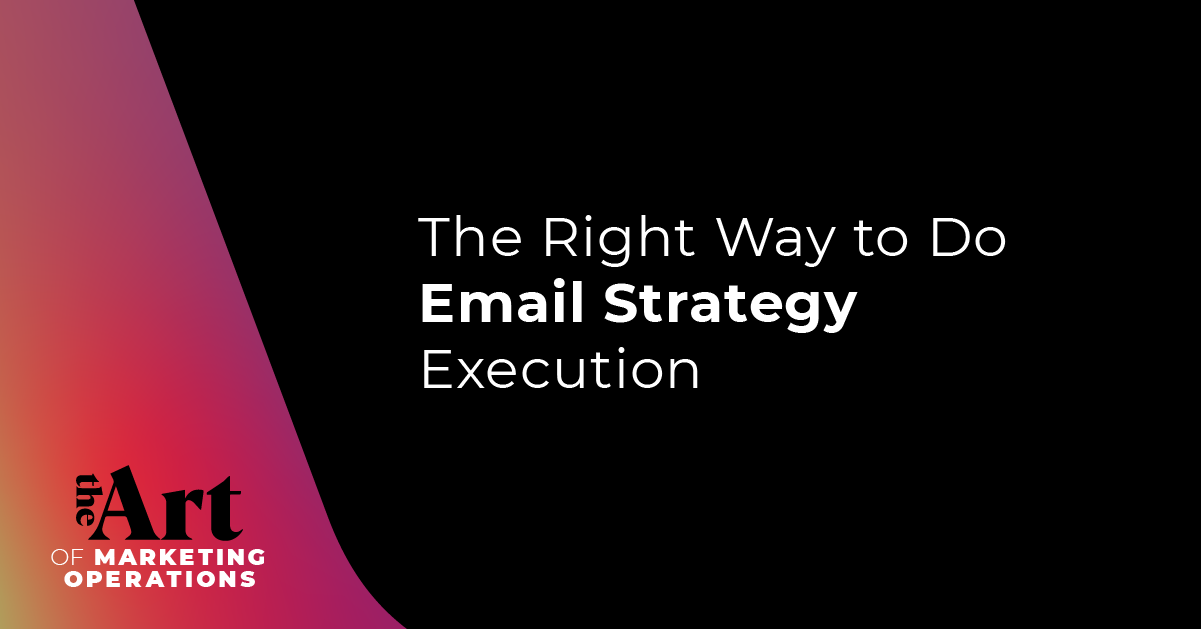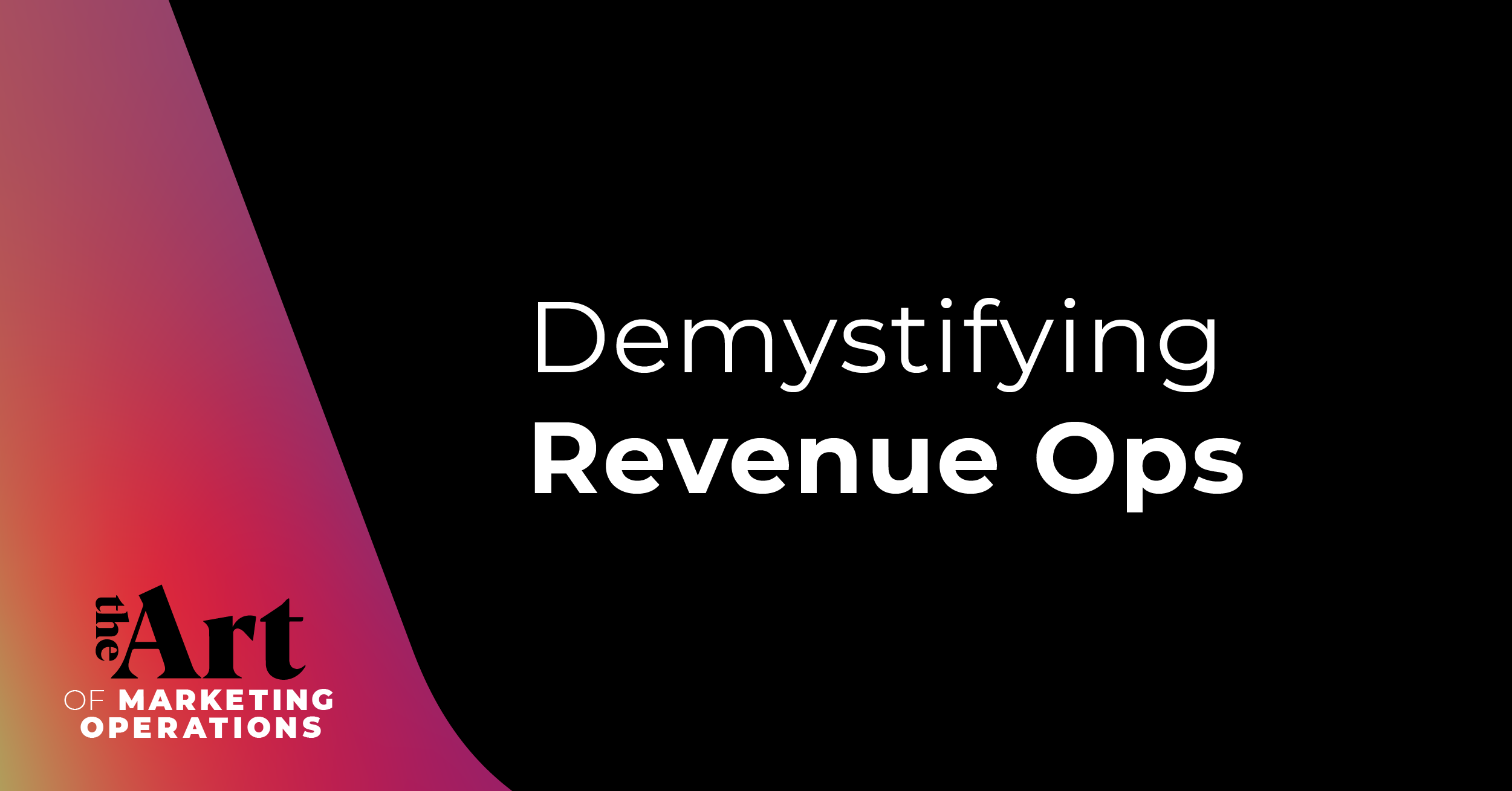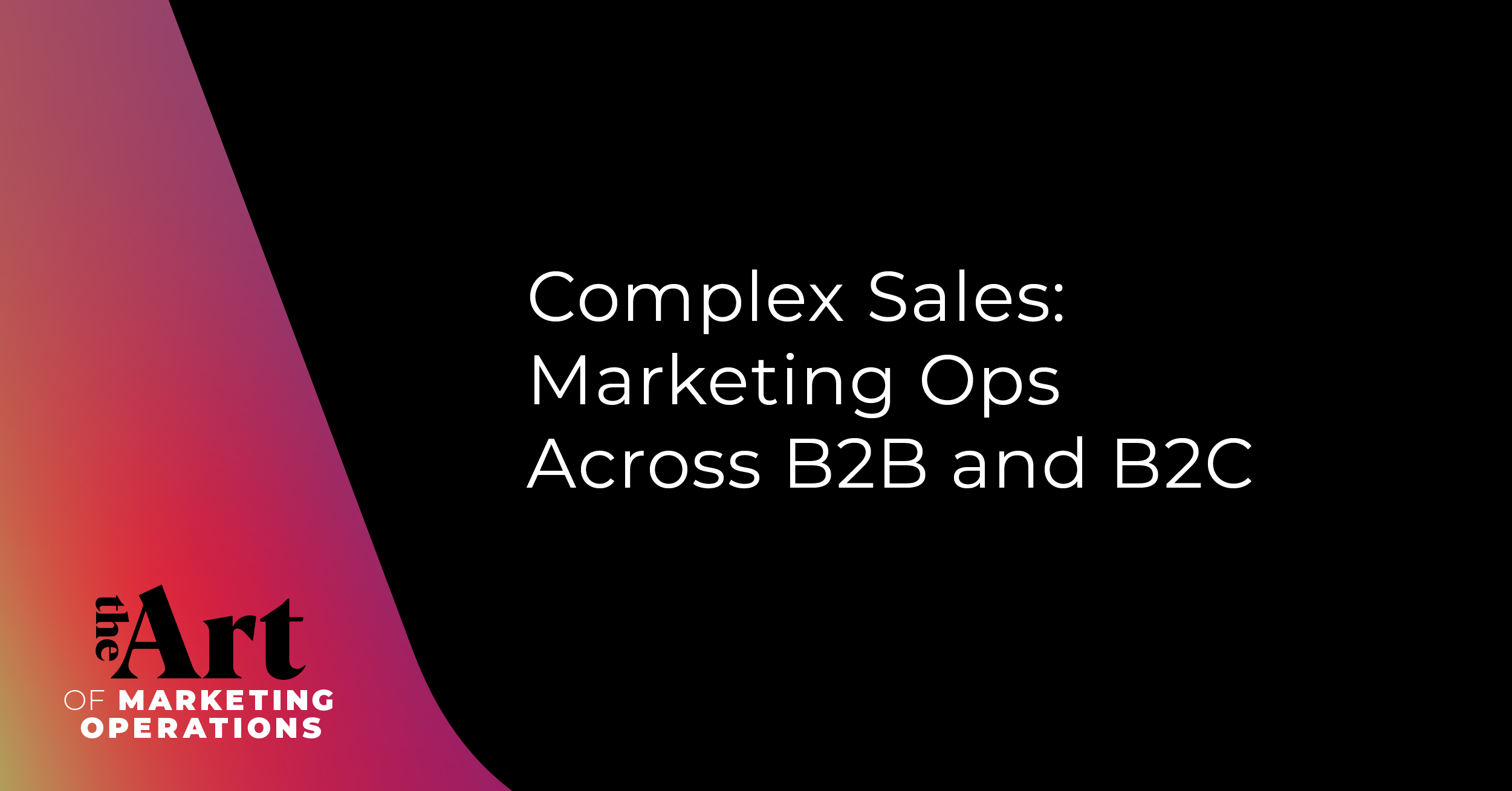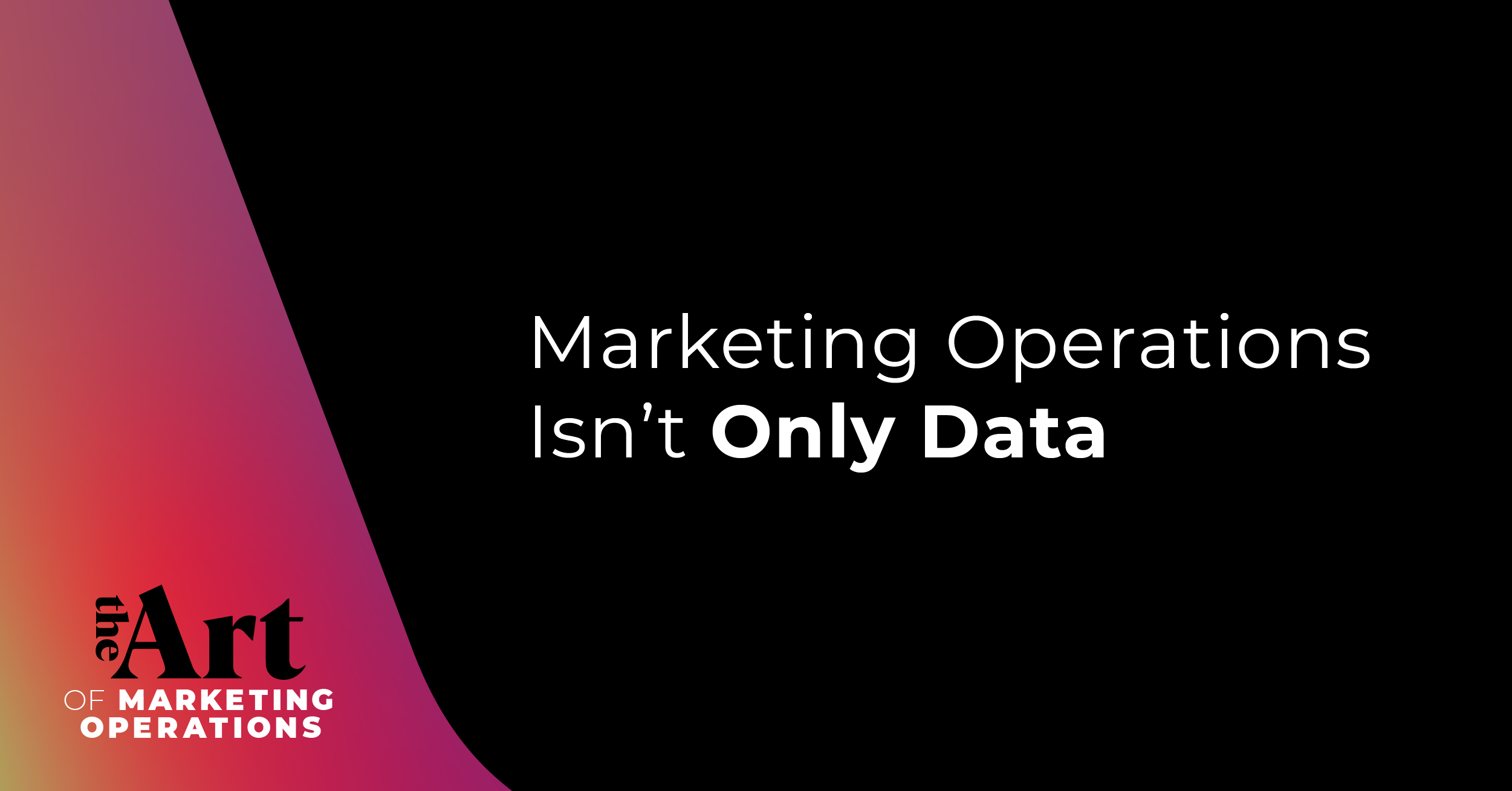The power of marketing operations comes from consistency and diligence—from curating tech stacks to providing insights to auditing existing processes, intentionality is critical.
What if you join a company that has never had someone in the marketing operations role before? Where do you start?
In this episode, I interview Chloe Pott, Senior Marketing Operations Manager at Lokalise, to hear her insights on starting from scratch, building out martech stacks, and collaborating with other departments.
Join us as we discuss:
- Starting from scratch in marketing operations
- Building a martech stack
- Tracking attribution (and which type is the most relevant today)
Ready to learn more about setting yourself up for success in your new role?
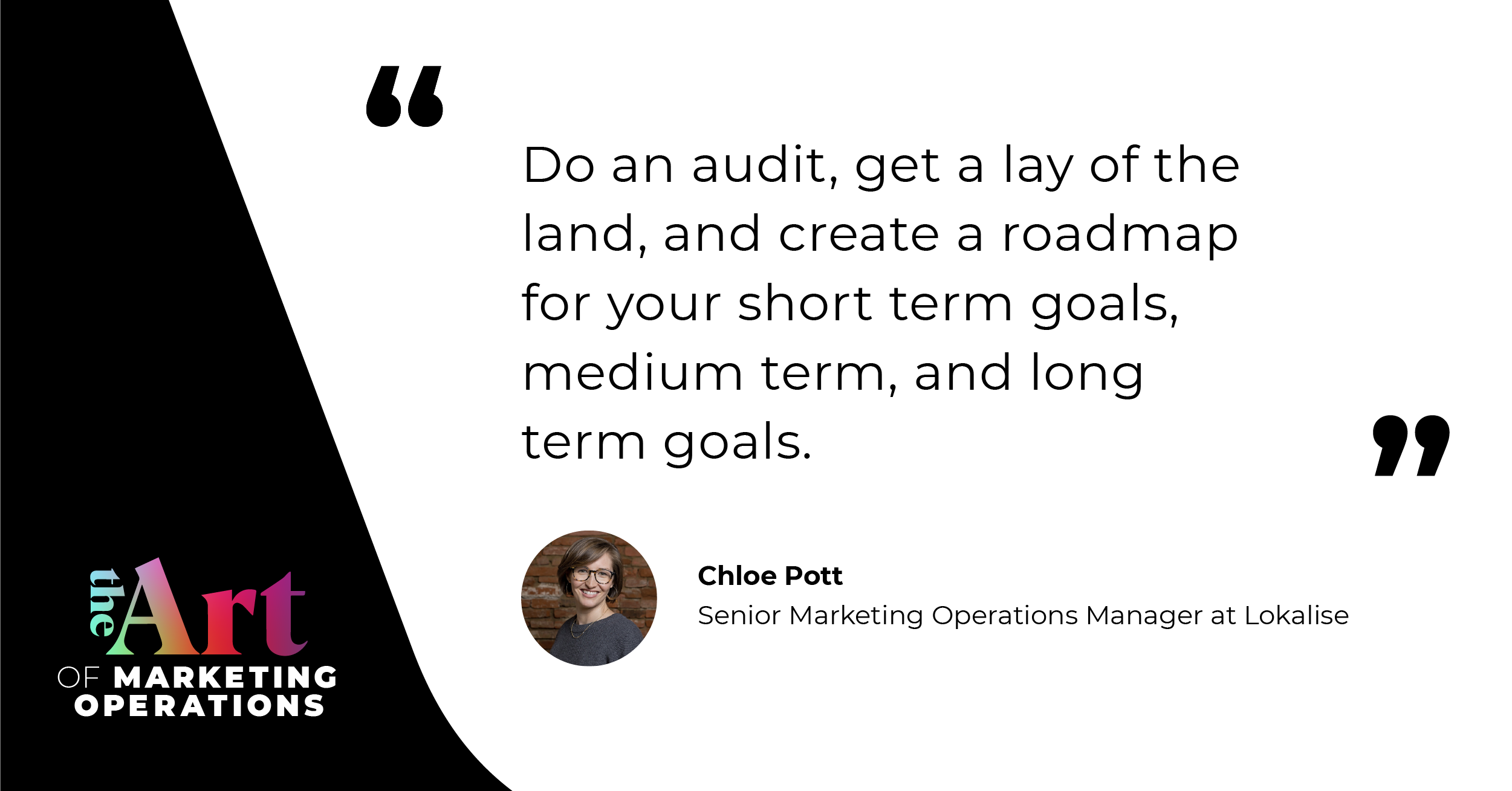
“Do an audit, get a lay of the land, and create a roadmap for your short term goals, medium term, and long term goals.” — Chloe Pott
Best Practices: Starting From Scratch in Marketing Ops
A trademark of working in small companies and startups is operating with scarce resources and direction while on a rapid timeline.
It can be stressful and unsettling—Chloe shared her approach to dealing with scarcity in the workplace and how she kept her cool, “Two out of the three companies that I joined, I was the founding mops hire. And in both cases, you have to start small, you are only one person, and there's only so much that one human can do. My first piece of advice is, do not bite off more than you can chew.” she said.
It can be tempting to rush to solve every problem that crops up in the company—after all, mops (marketing operations) are all about efficiency and problem-solving, right?
Chloe has a more realistic approach to what is and isn’t under the mops umbrella. “One of the first things that I would focus on is the education and enablement within your organization, have what is marketing operations and what is not marketing operations. And set that understanding up from the beginning so that you're setting yourself up for success from the start.”
This practice can avoid the common issue of overextending yourself and frantically rushing to put out fires that aren’t in your building.
Chloe recommends hosting a call with the other departments and answering the questions “What is marketing operations? What are the tools that we use? What do we do? What do we not do?” and other expected inquiries.
As for the work front side of mops, Chloe suggests an audit. You can take stock of what tools are in use, what’s dormant, what could you improve. Ask yourself:
- What can I sunset?
- What can I acquire?
- How can this be streamlined?
- What is the sales and mops alignment like?
Once those answers are clear you’ll have a better idea of where and what to start with. Create short and long-term plans. “Don't forget to communicate your roadmap and your plan externally, to adjust not just marketing, but to sales, even to product and engineering, depending on, for example, if your development team sits under engineering,” Chloe explained.
With a good idea of where you’re heading, the day-to-day won’t seem as disjointed, and you can start on the right foot in your role.
.png?width=2501&name=Copy%20of%20Taylor_TheArtOfMarketingOps_HeadlineQuoteGraphic_EP%2315_CHLOEPOTT_V1_quote2%20(1).png)
“As the company ebbs and flows through their business priorities, your tech stack should evolve as well.” — Chloe Pott
Building a Martech Stack
Martech—Marketing Technology—can be a priceless asset or a waste of time, depending on what you use and how you implement it. Anyone who has used teeth-grindingly unintuitive software knows how detrimental it can be to a workflow.
“When I was the founding member of the mops team, they had a stack in place, but it was not optimized. And all marketing ops professionals have their favorite tools. I mean, I'm not the first nor the last to admit it. I certainly do. But you have to pick something that aligns with the business priorities.” Chloe said.
There isn’t a magic bullet for tools, but determining the priorities of your team and company will help narrow down what to adopt.
“Where is your organization focusing their time and money? For some organizations that could be building a new pipeline. Is it customer retention? Is it focusing on product lead growth? Is it brand awareness?” she continued.
Determine where the best interest lies and go from there.
“Focus on making your technology decisions, not based on what you're doing, but based on what will help the marketing and sales teams be more efficient and hit their goals,” Chloe recommended.
Tools should elevate workflows, not hinder them.
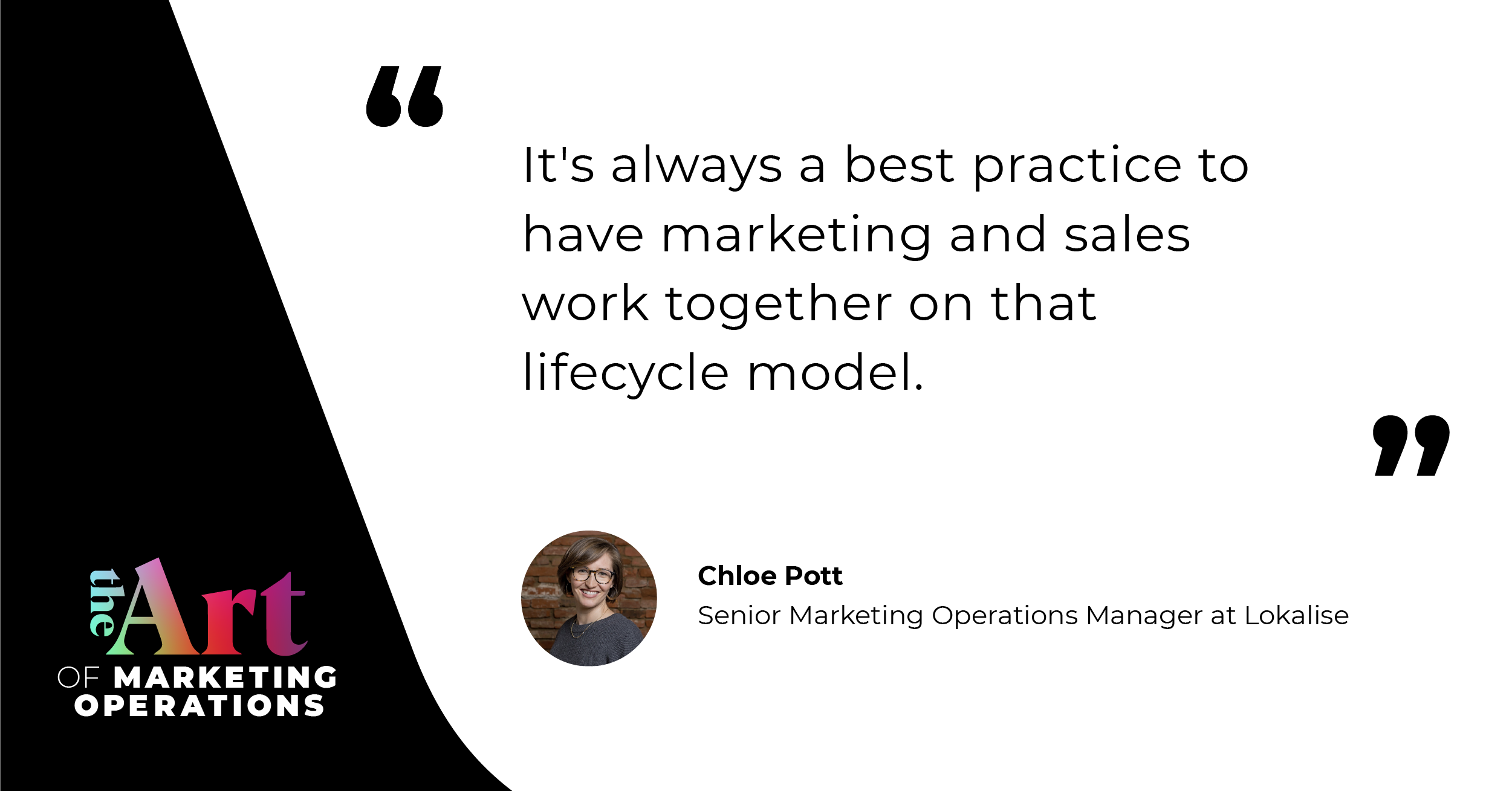
“It's always a best practice to have marketing and sales work together on that lifecycle model.” — Chloe Pott
Tracking Attribution: Which Type is the Most Relevant Today?
Every marketer has an opinion on the best approach to life cycle models, scoring leads, and attribution—tips and tricks, do's and don'ts. Chloe shared her view on the most relevant form of attribution in today's marketing landscape.
“There's a marketing maturity model that I've seen floating around, stage one to stage four. And marketing attribution typically sits within like three and a half, four stages.” she said, “So one and two being email drip campaigns, lead scoring life cycle, and then when you get to three, it's multi-channel and then four is attribution. How do you attribute what is bringing in the most revenue? What is allowing your team to be most effective?”
Multi-touch attribution is rising in relevance across multiple channels, but maybe none more than B2B.
“Frequently, what I've seen work in my experience is, I mean—there's the first touch attribution, there's the last touch, there's multi-touch,” Chloe said.
“My favorite and what I think is the most relevant in today's business is multi-touch attribution. Meaning someone can find your product through an ad or through a webinar or through downloading a piece of content or through word of mouth or a sales call. There are so many touch points today.” She continued.
The power of this type of attribution is, as Chloe said, that it allows you to “give different weights and point values,” to your customer journey and gain a well-rounded idea of the map.
“I would involve as many heads of departments as you can in deciding what is most successful in your customer journey,” Chloe suggested.
With consistent teamwork, martech research, and solid roadmaps, you can take your mops department into brilliant success.



